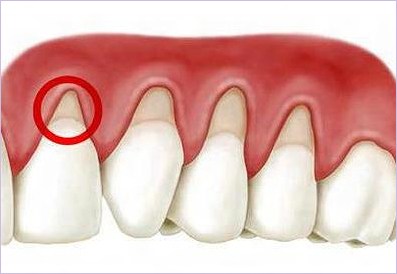In the treatment of gingival recessions, the presence of a tooth lesion could represent a complication, let’s find out why.
Gingival recession is defined as the displacement of the gingival margin towards the tooth root, with the consequent exposure of the root surface.
Origin of gum recessions
The origin of gingival recessions is linked to different factors. There are conditions that favor the onset of a gingival recession, such as a thin gingiva biotype and other causes related to mechanical trauma, such as brushing the teeth too vigorously or to causes related to other pathologies of the oral cavity such as inflammation of the gums or chronic periodontitis.
The incidence of gingival recession is quite significant in the adult population, 85% have a gingival recession of at least 1 mm.
Non-carious tooth lesion and gum recession
The presence of a non-carious tooth lesion can represent a complication for the treatment of teeth following a gum recession.
In a systematic review, published in the February 2022 Journal of Dentistry, researchers analyzed the efficacy of periodontal plastic surgery in patients with gum recession associated with non-carious tooth lesions, with or without restorative treatment.
The search for clinical cases to analyze was performed using electronic databases and specialized journals, clinical studies were included in which isolated gingival recessions were treated in the presence of non-carious lesions of the teeth. The therapies analyzed mainly involved a partial or complete restorative treatment with at least one connective tissue graft.
Complications of a non-carious tooth lesion on treatment for a gum recession
From the clinical studies analyzed in the research, periodontal plastic surgery procedures are less effective in terms of complete coverage of the root in cases of teeth with non-carious lesions. Recession reduction was found to average 2 mm, and the overall mean complete root coverage was 5%.
The trend found in this research, but which will also have to be confirmed in other similar studies, is that the presence of a non-carious tooth lesion represents a complication in plastic surgery.
Therefore the best treatment in these cases turned out to be that of a combined therapy: the restoration of the non-carious lesion of the tooth followed by periodontal plastic surgery for the treatment of gingival recession.

















